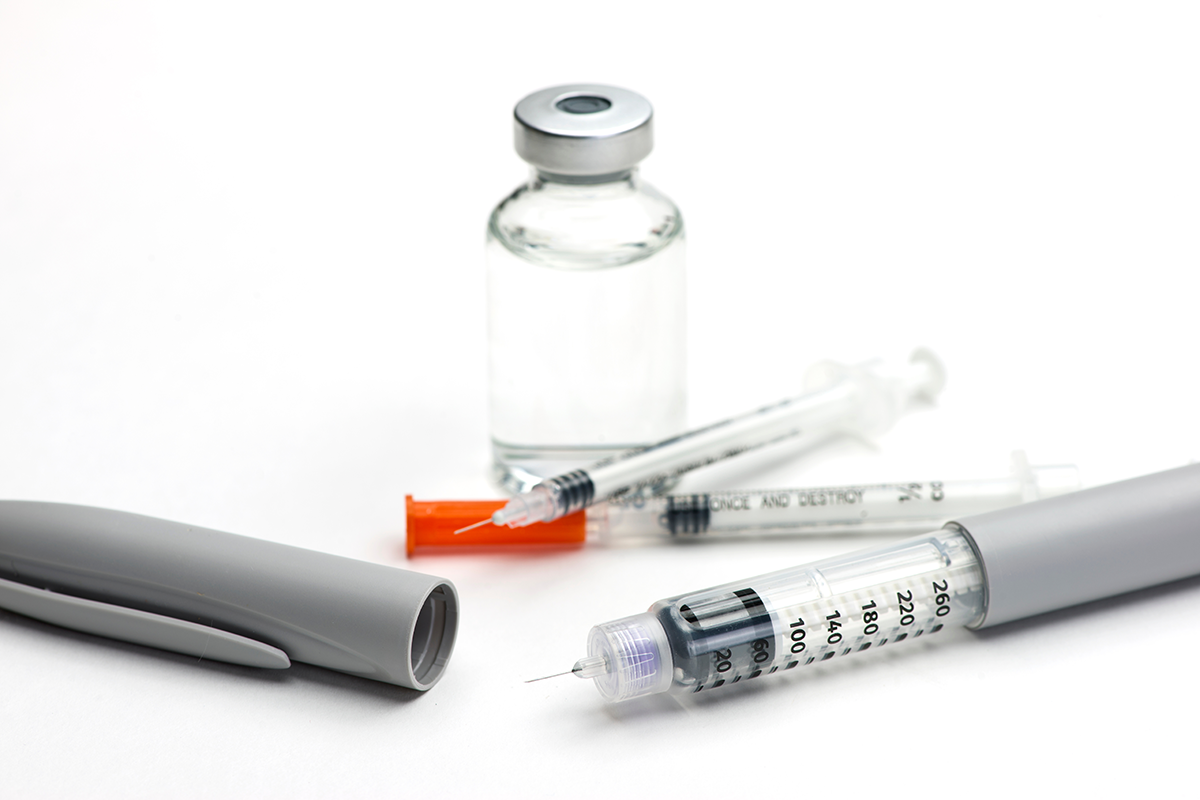
Managing Daily Doses of Insulin
- Dec 18, 2023
Taking insulin helps keep your blood sugar (glucose) level normal. This can help prevent diabetes from damaging your eyes, nerves, heart, and kidneys.
Your blood sugar levels can change depending on the time of the day you test and whether or not you have eaten or exercised. Your doctor will tell you what levels are right for you.

There are different types of insulin:
- Long-acting or intermediate- acting insulins are taken once a day and work slowly all day.
- Regular or short-acting insulins are usually taken at meal times to help get energy from the food that is eaten.

Insulin needs to be injected into your body. The injection should be given just under the skin:
- In the fatty part of your upper arm
- In the belly (stomach)
- In the upper leg (thigh)
- In the buttocks
…using either a syringe and needle or an insulin pen.
The needles are very tiny and slide easily into the skin. Be careful.
Tip 1: Do not always inject into the same spot on your body. Inject in different areas or rotate (move) the place you inject on different days.
Tip 2: Do not inject near your belly button.
Tip 3: Do not inject near moles or scars.
Tip 4: Do not inject in areas that look red, infected or have a rash.
Your healthcare provider can help you learn how to inject insulin with a syringe or insulin pen. Check the drug information sheet or contact the drug manufacturer for recommended storage and use of your medicine. To avoid clogging and/or contamination of the syringe needle, please DO NOT store medicine inside the syringe.
Source: MKT0562& MKT0560




